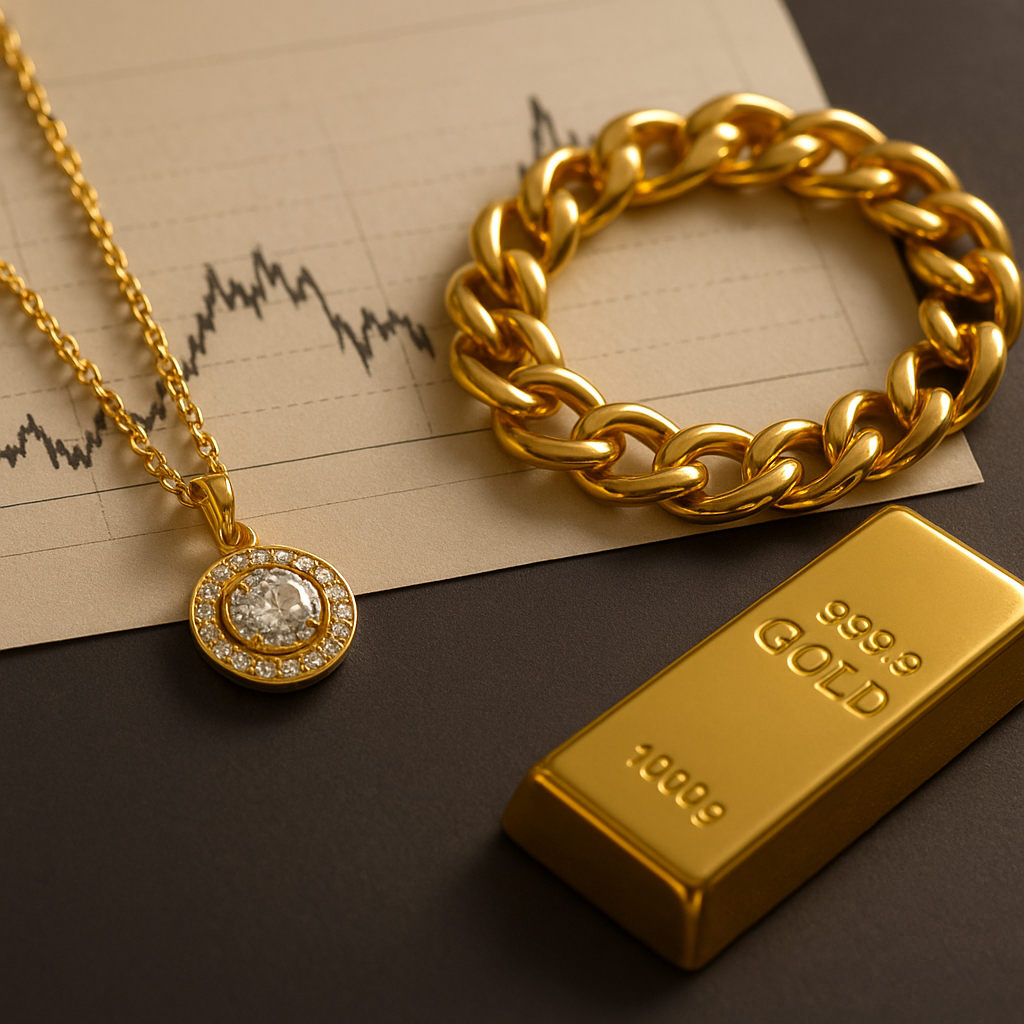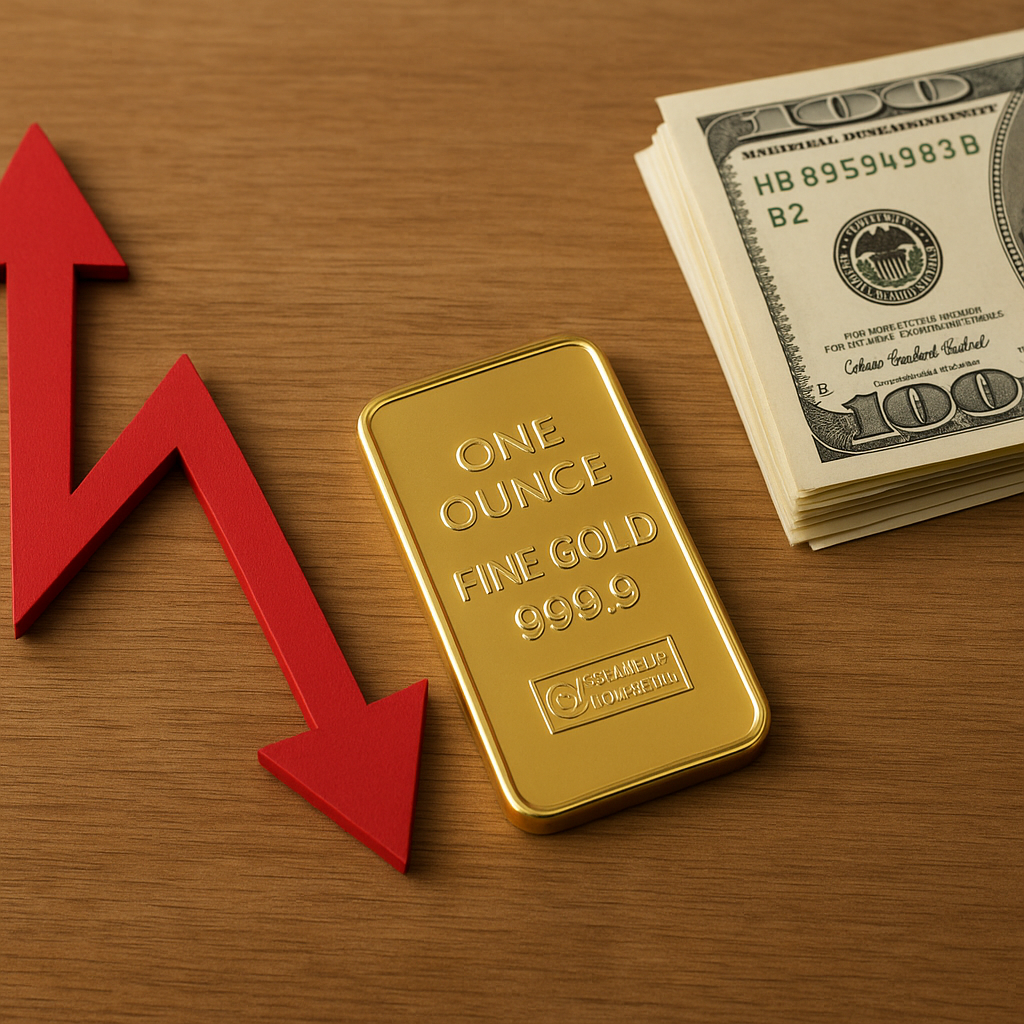Gold has long been considered a safe haven asset, and its price is often influenced by geopolitical tensions around the world. As global uncertainties rise, investors tend to flock to gold, driving up its price. This article explores the intricate relationship between geopolitical events and gold prices, examining historical trends and current dynamics.
Understanding the Role of Gold in the Global Economy
Gold has been a symbol of wealth and a medium of exchange for centuries. Its intrinsic value and limited supply make it a preferred asset during times of economic instability. Unlike fiat currencies, which can be printed at will by central banks, gold’s supply is relatively fixed, which helps it retain value over time. This characteristic makes gold an attractive investment during periods of geopolitical tension, when the stability of national currencies may be in question.
In the global economy, gold serves multiple roles. It is a hedge against inflation, a store of value, and a portfolio diversifier. Central banks around the world hold significant reserves of gold as part of their foreign exchange reserves, underscoring its importance in the financial system. During times of geopolitical uncertainty, such as wars, political upheavals, or trade disputes, the demand for gold typically increases as investors seek to protect their wealth from potential currency devaluation or market volatility.
Historical Trends: Gold Prices and Geopolitical Events
Throughout history, there have been numerous instances where geopolitical tensions have led to significant fluctuations in gold prices. For example, during the 1970s, the world witnessed a series of geopolitical events, including the Yom Kippur War, the Iranian Revolution, and the Soviet invasion of Afghanistan. These events contributed to economic uncertainty and inflation, leading to a surge in gold prices. In 1980, gold reached a then-record high of $850 per ounce, driven by fears of inflation and geopolitical instability.
More recently, the 2008 financial crisis and subsequent geopolitical tensions, such as the Eurozone debt crisis and the Arab Spring, have also impacted gold prices. During the financial crisis, gold prices soared as investors sought refuge from collapsing stock markets and weakening currencies. Similarly, the Arab Spring, which began in late 2010, led to increased demand for gold as political instability spread across the Middle East and North Africa.
Another notable example is the ongoing tensions between the United States and China. Trade disputes, tariffs, and geopolitical maneuvering between these two economic superpowers have created uncertainty in global markets, often resulting in increased demand for gold. The COVID-19 pandemic further exacerbated these tensions, leading to unprecedented fiscal and monetary measures by governments worldwide, which in turn influenced gold prices.
Current Geopolitical Tensions and Their Impact on Gold Prices
In the current geopolitical landscape, several factors are contributing to fluctuations in gold prices. The ongoing conflict in Ukraine, for instance, has heightened geopolitical risks in Europe and beyond. As tensions between Russia and Western countries escalate, investors are increasingly turning to gold as a safe haven asset. The uncertainty surrounding the conflict’s resolution and its potential impact on global energy supplies have further fueled demand for gold.
Additionally, tensions in the South China Sea, North Korea’s nuclear ambitions, and the Middle East’s persistent instability continue to influence gold prices. These geopolitical hotspots create an environment of uncertainty, prompting investors to seek the relative safety of gold. Moreover, the rise of populism and nationalism in various parts of the world has led to increased political and economic uncertainty, further driving demand for gold.
Central banks’ monetary policies also play a crucial role in shaping gold prices amid geopolitical tensions. In response to economic uncertainties, central banks may implement measures such as interest rate cuts or quantitative easing, which can weaken national currencies and boost gold prices. For instance, the Federal Reserve’s accommodative monetary policy in response to the COVID-19 pandemic contributed to a surge in gold prices in 2020.
The Future Outlook for Gold Prices
Predicting the future trajectory of gold prices is inherently challenging, given the complex interplay of geopolitical, economic, and financial factors. However, several trends suggest that gold will continue to play a significant role in the global economy. As geopolitical tensions persist and new challenges emerge, the demand for gold as a safe haven asset is likely to remain strong.
Moreover, the ongoing transition to a multipolar world order, characterized by shifting alliances and power dynamics, may contribute to increased geopolitical risks. In such an environment, gold’s appeal as a hedge against uncertainty is likely to endure. Additionally, the growing interest in sustainable and ethical investing may further bolster demand for gold, as investors seek assets that align with their values.
In conclusion, the impact of geopolitical tensions on gold prices is a multifaceted and dynamic phenomenon. As global uncertainties continue to evolve, gold’s role as a safe haven asset is likely to remain relevant. Investors and policymakers alike must remain vigilant in monitoring geopolitical developments and their potential implications for gold prices and the broader financial system.












